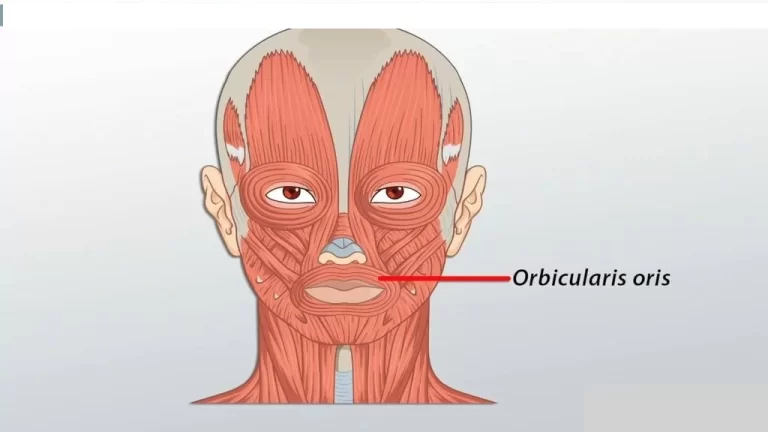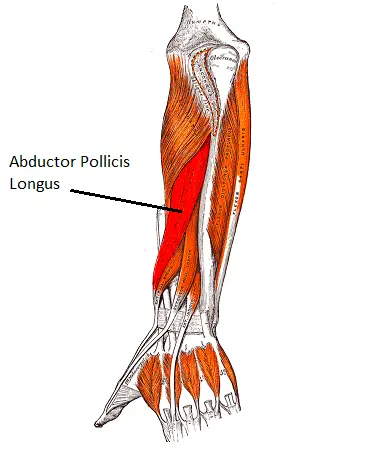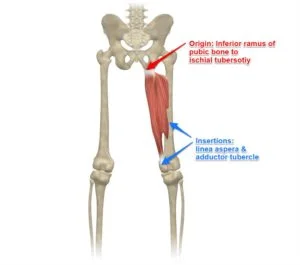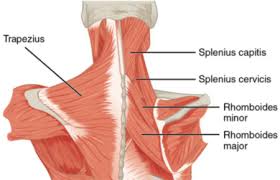Genioglossus muscle
The genioglossus muscle is a muscle of the tongue that plays a crucial role in various functions such as speech, swallowing, and breathing.
The genioglossus is a bilateral tongue muscle that is in the part of the extrinsic muscles of the tongue. The palatoglossus, styloglossus, and hyoglossus (chondroglossus) are the additional extrinsic muscles of the tongue.
Because all of these extrinsic muscles are close to one another, the extrinsic muscle group as a whole typically works as a single unit. Although every muscle has a specific purpose, extrinsic muscles typically perform many functions simultaneously.
Table of Contents
Origin:
The superior part of the mental spine of the mandible (symphysis menti).
Insertion:
Underside of tongue and body of hyoid.
Nerve:
Hypoglossal nerve.
Blood Supply and Lymphatics
The external carotid artery indirectly supplies blood to the genioglossus muscles. The lingual artery’s sublingual branch, which emerges immediately from the external carotid artery, is the precise source of them. The lingual artery originates in the anterior region of the hyoglossus and passes via the genioglossus and mylohyoid muscles before arriving at the sublingual gland.
Actions:
Inferior fibers protrude from the tongue, middle fibers depress the tongue, and its superior fibers draw the tip back and down.
Structure
The majority of the tongue’s bulk is formed by the fan-shaped genioglossus muscle.
There are four primary divisions in the genioglossus muscle:
- Anterior
- Posterior
- Middle
- Inferior
The macro fibers that make up the bundles of muscle fibers divide these sections apart.
The genioglossus muscle’s main job is to deviate the tongue to the opposite side and project it anteriorly. Because it will provide a channel to the GIT, it also facilitates swallowing. The central portion of the tongue is depressed when the left and right genioglossus muscles work together.
Each of these vital functions is carried out by specific regions of the genioglossus muscle. For instance, the anterior bundle of the genioglossus muscle is the part directly involved in the protrusion of the tongue in a downward and forward direction, while the inferior and posterior aspects of the muscle are in charge of elevating the tongue’s core and moving its base forward. The tongue’s ability to emerge from the mouth cavity is specifically controlled by the middle portion of the muscle. The tasks listed above may be accomplished when all of these distinct genioglossus tongue regions cooperate with one another.
The muscle in question is particularly important in people with sleep apnea because it is crucial for both stabilizing and expanding the top part of the respiratory tract. This particular component of the upper respiratory tract is prone to involuntary collapse.
The hyoid bone can be influenced by the genioglossus muscle, and the temporomandibular joint’s functionality can be impacted by the size of the muscle. Maximum sniff nasal inspiratory (with greater electromyography values) and nasal expiratory pressures are produced electrically by the muscle.
Phoneme expression is facilitated by muscles.
Embryology
Each of the pharyngeal arches has a distinct role in the normal functioning of the tongue, and the tongue itself develops from all of them. The myoblasts that originate from the somites of the mesoderm are the cells that make up the tongue’s muscles.
The ectodermal leaflet is the source of the muscle’s connective tissue.
The hyoid bone, the base of the skull (occipital bone), and the genioglossus are closely related from an embryological perspective.







2 Comments